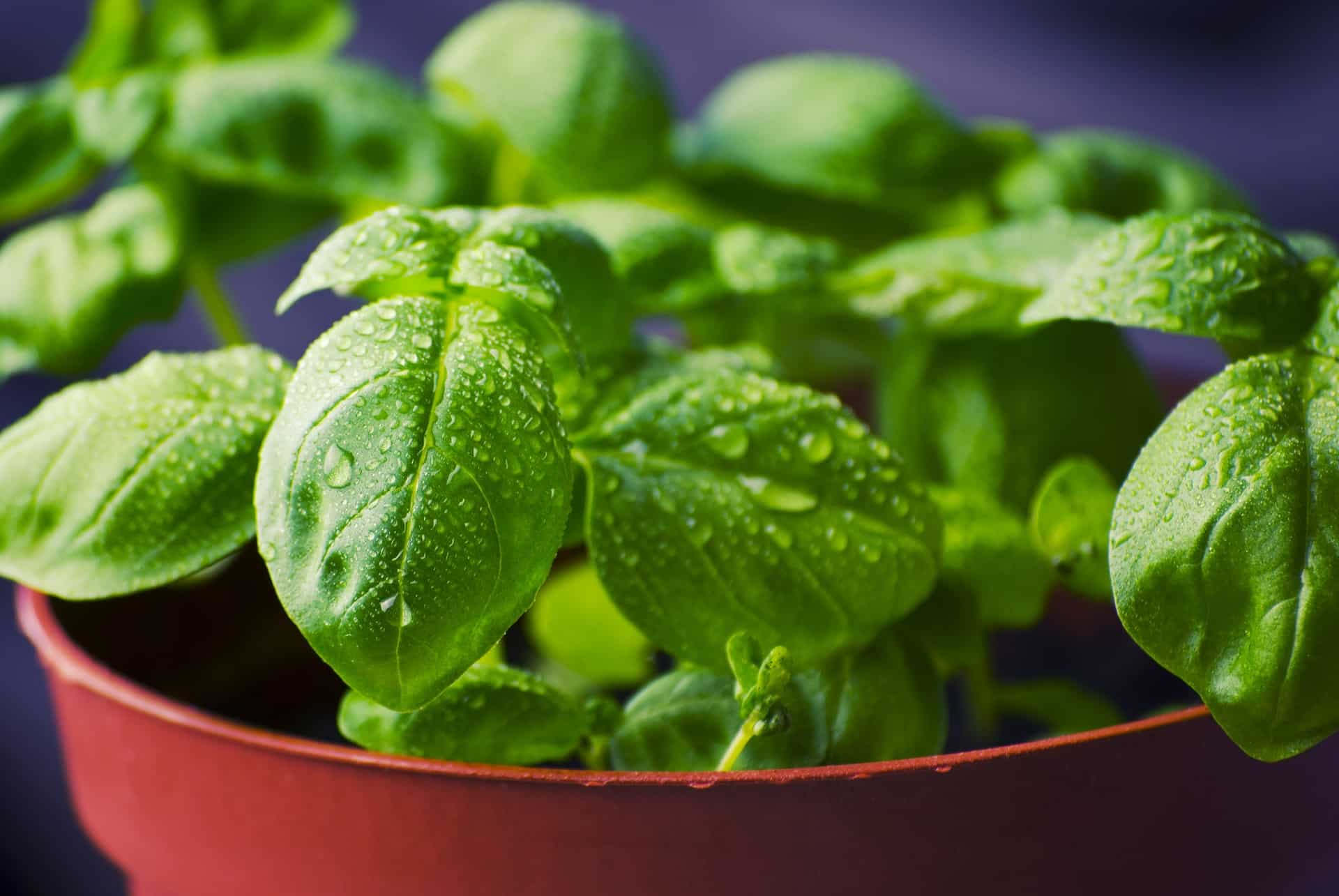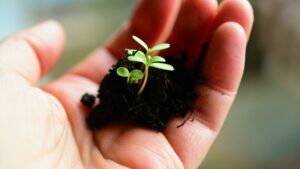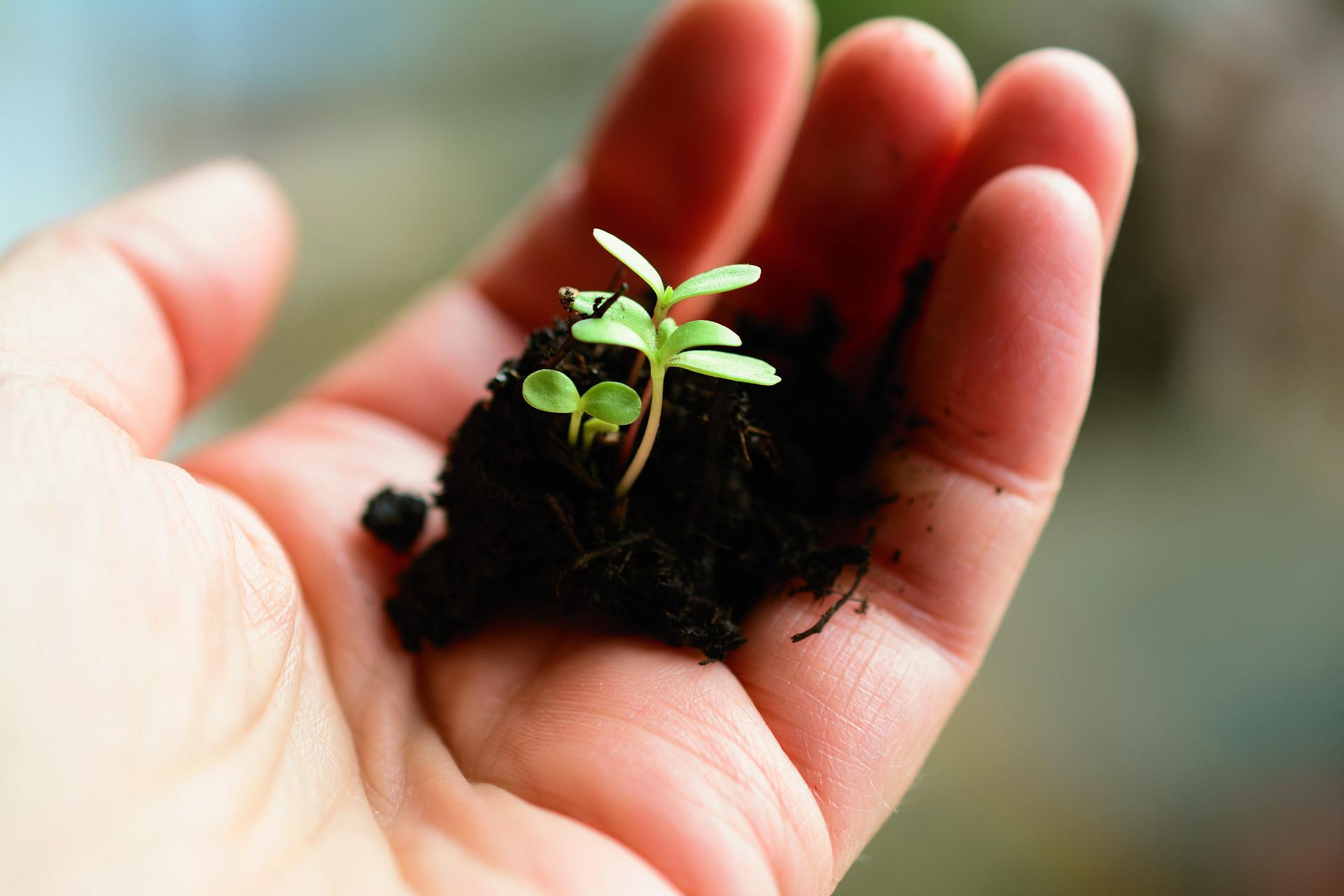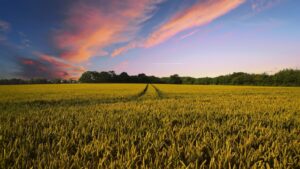When it comes to cooking, most kitchens will find the ‘king of herbs’ in their spice rack. Basil, known as the king for its popularity, is a cooking staple across the globe — from Asia to the Americas. As growers and gardeners alike look to get basil seed for their garden in 2023, here’s a few facts to remember about the plant.
Origin: Basil is native to Asia, particularly in India, Pakistan, Iran and Thailand, and can be found growing wild in tropical and sub-tropical regions of the world.
TIMELINE:
- 5,000 Years Ago: Basil was discovered and grown in different areas in Asia.
- 807 AD: It was indicated that basil originated further east than India in ancient records.
- 350 BC: Basil traveled to areas like Greece and Italy due to the spice trade.
- 16th Century: Basil was introduced to England.
- 1621: Basil was brought to the Massachusetts Bay Colony
STATS:
35 is the number of basil species across the globe.
2,000 is the number of tons of basil the U.S. imports.
$1.2 million is the annual farmgate value of basil in Hawaii.
QUICK FACTS:
- Basil may be derived from the Greek words basileus, which means “king,” or basilikon which means “royal”.
- In Latin, the term basiliscus refers to the mythical dragon “basilisk,” which was so repulsive it could kill with just a glance. In Roman legend, the antidote to the venom of the basilisk is basil!
- Though you often think of basil for cooking purposes, basil has been used for medicinal purposes and as an aromatic herb for centuries.
- One of basil’s closest relatives is the mint.
Sources: Iowa State Horticulture, The Spruce Eats, The Mertz Library, University of Hawaii













